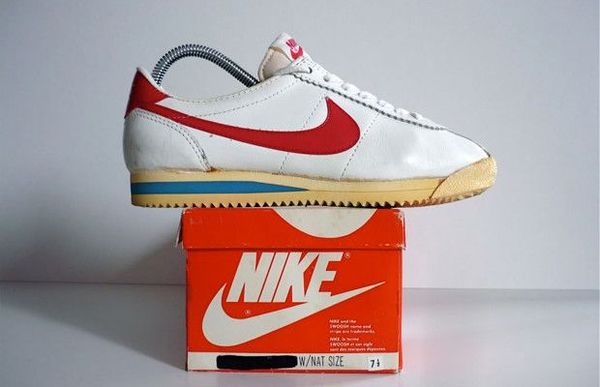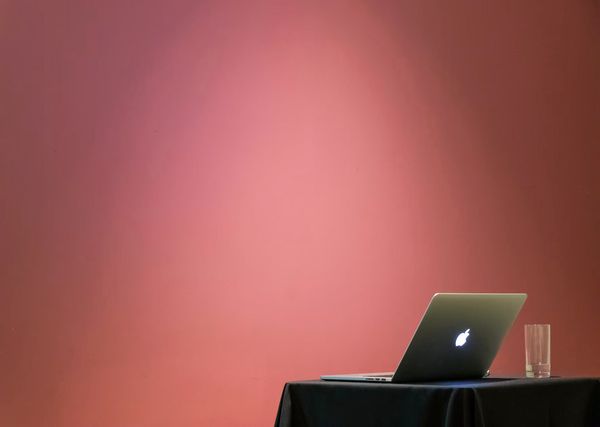Inside Steve's Brain: How Steve Jobs "Think Different"
I remember my first iPod. I was 15 or so, and this was my holiday present. I loved it so much, I can remember the exact model: it was an iPod Nano Chromatic Blue. But the blue wasn't the main reason I wanted to own an iPod, neither was the ability to upload "1,000 songs in my pocket".
No, what made it special was its Scroll Wheel.
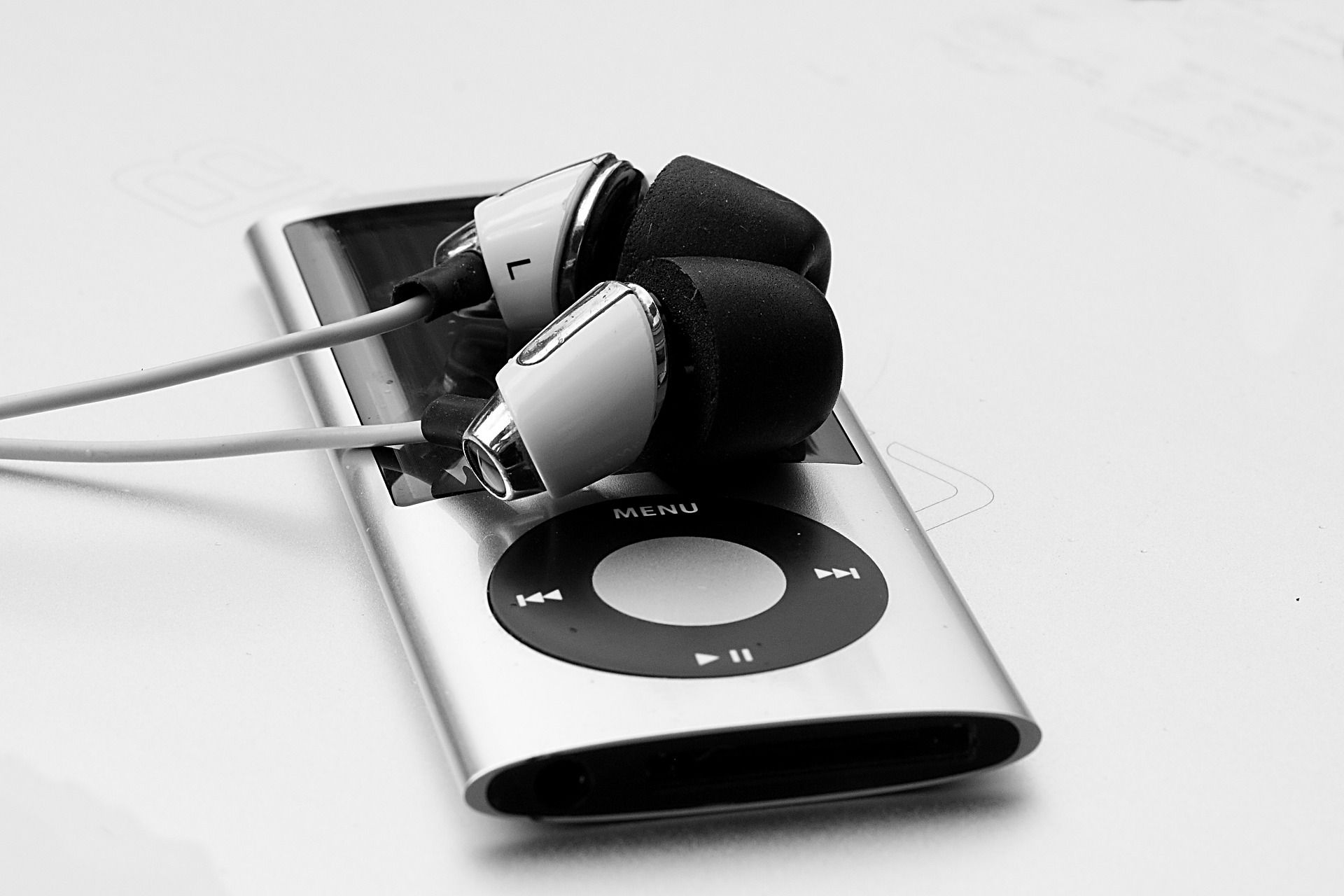
At a time where most mp3 players were dull and soulless, this was punchy, alive, and ingeniously designed by Steve Jobs' company.
In this article, I want to explore the process Steve Jobs use to come up with brilliant ideas such as the scroll wheel, and I want to share principles engineers can use to be more innovative in their work.
A note — What I'm about to share comes from reading Steve Jobs autobiography, as well as the book "Inside Steve's Brain", from Leander Kahney.
Let's begin with:
The Unboxing Experience
Did you ever wonder... why do people keep their iPhone boxes? And sometimes even have them displayed on their living room like a decoration? It's crazy, it's just a box.
But it's not. It's THE box.
And one of the core feature of the box is something called the "whoosh or air" — when you open the box, there is some air resistance that makes you nervous about opening it.
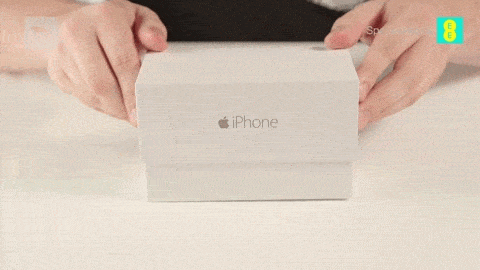
This, and tons of other things, such as the exact position of the earphones, charger, documentation, and stickers, have been studied for hundreds of hours inside the packaging room.
"To fully grasp how seriously Apple executives sweat the small stuff, consider this: For months, a packaging designer was holed up in this room performing the most mundane of tasks - opening boxes."
And this is just one of the many things Steve Jobs thinks about when building a product.
In fact, there is even a patent for the case.
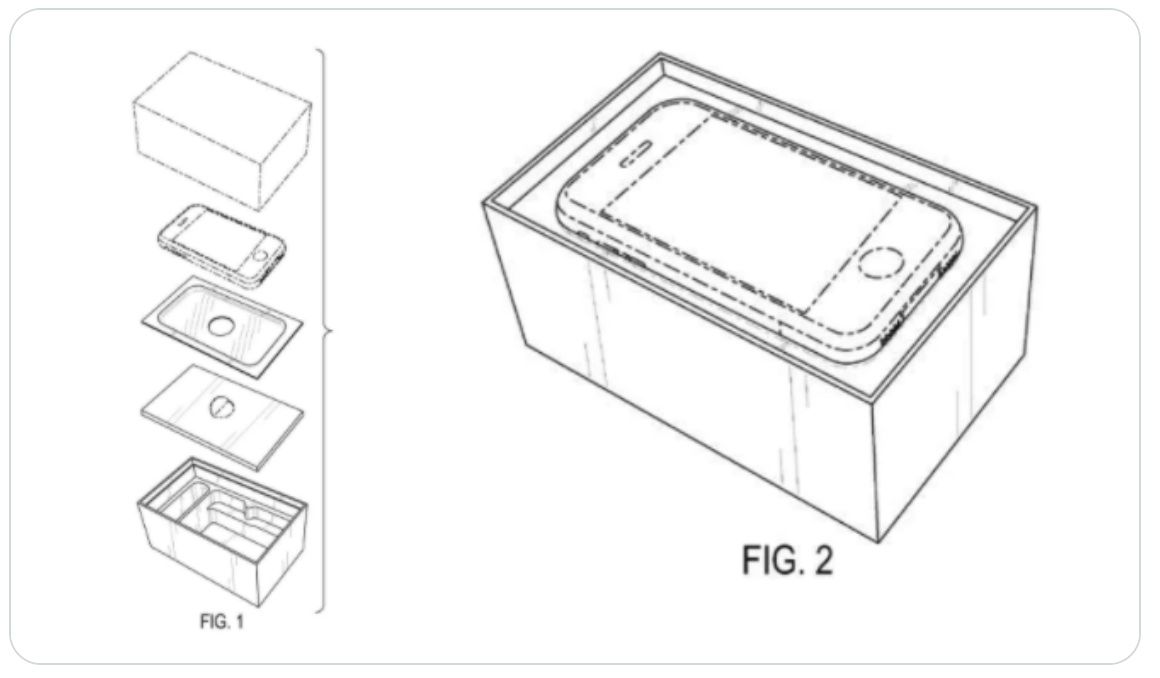
According to this article, it's bigger than this: there is also a multi-sensory experience; you see the box, you feel the opening as there is the air resistance, and finally you hear the whoosh of air rushing out.
The unboxing isn't about opening a box, it's a ritual.
The Jony Ive Secret to gorgeous, innovative design
You know Jony Ive, right? He's the bald guy that does (did) the voiceover at Apple. I can tell you: his voice is pure magic. Jony Ive has been the head of Design at Apple for over a decade... and we can universally agree that design is one of Apple's greatest strengths.
What's the point of design? To Jony Ive, it's mainly about simplicity:
"The product seems obvious. There seems to be no "design" involved at all."
But that's the point, Ive says, The task is to "solve incredibly complex problems and make their resolution appear inevitable and incredibly simple, so you have no sense how difficult this thing was."
We engineers want to show how complicated something we do is. Apple does the opposite; they go towards simplicity.
It's also a matter of process (quoting the book):
"Jobs assiduously avoids a serial step-by-step design regime. [...] Products developed at Apple aren't passed from team to team, from the designers to the engineers to the programmers, and finally to the marketers. The design process isn't sequential.
Instead, the products are worked on by all these groups simultaneously, and there's round after round of reviews. The meetings are endless. [...]"
Let's move on to the second point:
Getting "Steved": 90 Hours per week and loving it
At Apple, terror reigns!
"There's a constant tension at Apple between the fear of getting fired and a messianic zeal for making a dent in the universe."
This quote from the book brings up 2 elements:
- A constant fear of getting fired
- A messianic zeal for making a dent in the universe
There are numerous stories sharing how Apple employees did everything they could to avoid crossing Steve Jobs...
... they would take the stairs rather than an elevator, or or plan crazy detours to get to their office without going in front of Steve's desk.
Imagine this:
You get inside an elevator, and Steve Jobs is here. He then asks "So what are you working on?" And at this point, you have only a few seconds to captivate him.
"Jobs remembered you when you had a great story to tell. He also remembered when you didn’t."
You could get in an elevator, say hello to Steve, chat for 30 second chat, and by the time you reach your desk, it's to pick up your stuff.
"Everyone started preparing questions to ask Steve in case they accidentally got in the elevator with him. A good question for Steve would keep the pressure off you."
This culture of fear would never work without the one ingredient:
Passion
According to Steve, it's okay to be an asshole, as long as you're passionate about it.
And I get his point. At Apple, even though people would routinely get fired, nobody was quitting either. Everybody loved their jobs.
But it's worse than this — Steve had some "charm" he would apply on his employees, and even when he was horrible with them, they'd still love him.
For example, this Apple employee got fired 5 times and still loved working with Jobs:
"People do believe that Apple is changing the world. Not everyone believes it 100 percent, but they all believe it at least a little."
Which brings us to the last point: innovation.
How Apple came up with the scroll wheel on the iPod
In January 2001, Apple announced a loss of $195 million... One of the reason was its inability to see the rise of digital music, and therefore the lack of CD burners in the iMacs.
To face this, in the greatest secrecy, Apple quickly developed the iPod, that became a massive hit because of the genius scroll wheel.
"The idea of the scroll wheel was suggested by Apple's head of marketing, Phil Schiller, who in an early meeting said quite definitively, "The wheel is the right user interface for this product." Schiller also suggested that the menus should scroll faster the longer the wheel is turned, a stroke of genius that distinguished the iPod from the agony of using competing players."
When you think about it, it looks simple, dumb, and I couldn't find a video of the reaction to the iPod scroll, but here is one for the iPhone scroll:
But Apple didn't invent anything.
The inventor of the iPod wheel says it himself:
"scroll wheels are pretty common in electronics, from mice with scroll wheels to the thumb wheels on the side of some Palm Pilots [...] to dial telephones."
What makes the innovation isn't the wheel, it's stealing the concept of the wheel, and adapting it to an mp3 player.
Just like lots of innovations from Apple: Apple was one of the first to use USB (created by Intel) in a computer, but also to integrate WiFi (created by Lucent), and even the Graphical User Interface (from Xerox).
Steve Jobs's motto is the Picasso quote "Good artists copy, great artists steal" And he adds "Yes, and we've always been shameless about stealing great ideas.".
Although you want to tell the difference between stealing (what Apple does as innovation) and copying (what everyone else does as reaction).
Summary
Ok, let's wrap this up:
- Attention to the detail is one of Steve Jobs most important way of working.
- Design isn't about how things look, it's about how things work.
- It's OK to be an asshole as long as you're passionate about it
- Innovation is about stealing and adapting ideas from other industries, it's rarely about making new things from scratch.
We can also add:
- Secrecy — At Apple, engineers are informed on a need-to-know basis. You could work at Apple and have no clue what the next iPhone's going to have. If you need to know, you know part of the plan. There is also a secret room on the top floor and only 4 people have access, including Steve.
- Focus — "Focus means saying no". Steve had tons of ideas and features he wanted to implement, but he never did it because he had to stay focus. How many projects do you have in parallel? Stay FOCUS.
- "Fire the Bozos" — Steve is shameless about firing people, and he only works with A Player. At Apple, there is no place for mediocrity, and things aren't colored; you're either really good or you suck.
- Closed System — While the entire world complained about Apple's closed system, and even threatened them to stop promoting their products, to quit, to go purchase to the competition; Steve Jobs stayed strong with his intention to build a "closed system", that would be bug-less, and later introduce the Apple ecosystem.
Steve Jobs was an amazing visionary and innovator. He is a charismatic legend, and I believe every single engineer should spend hours studying his work, interviews, ways of thinking, and even ways of presenting.
So here are a few ways to continue your journey (at least read the first 2):
- 📕: The Presentation Secrets of Steve Jobs: How to be Insanely Great in front of Any Audience, Carmine Gallo.
- 📕: Steve Jobs, Walter Isaacson
- 📕: Inside Steve's Brain, Leander Kahney
- 📄: 3 "Hacks" to build amazing engineering presentations
- 📨: Apple's Marketing Genius Applied to your resume
Here is the link: https://www.thinkautonomous.ai/email
Bonus Video: Jony Ive shares what he learned from Steve Jobs & Focus
Before we move on, here is a short video of Jony Ive sharing what he learned from Steve Jobs:




